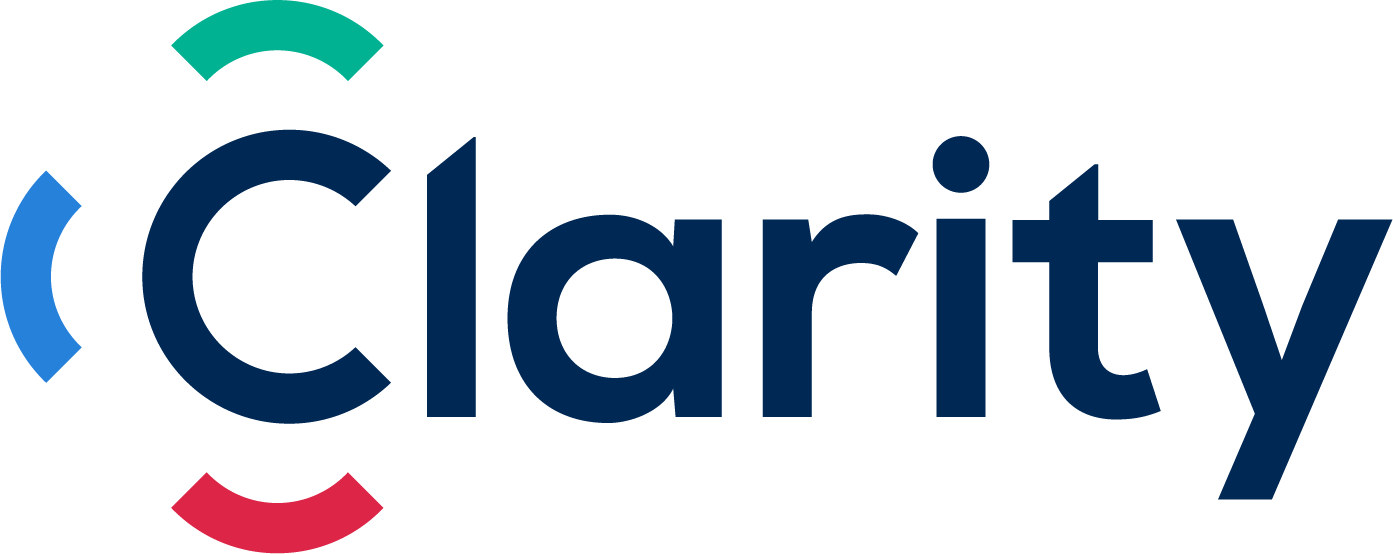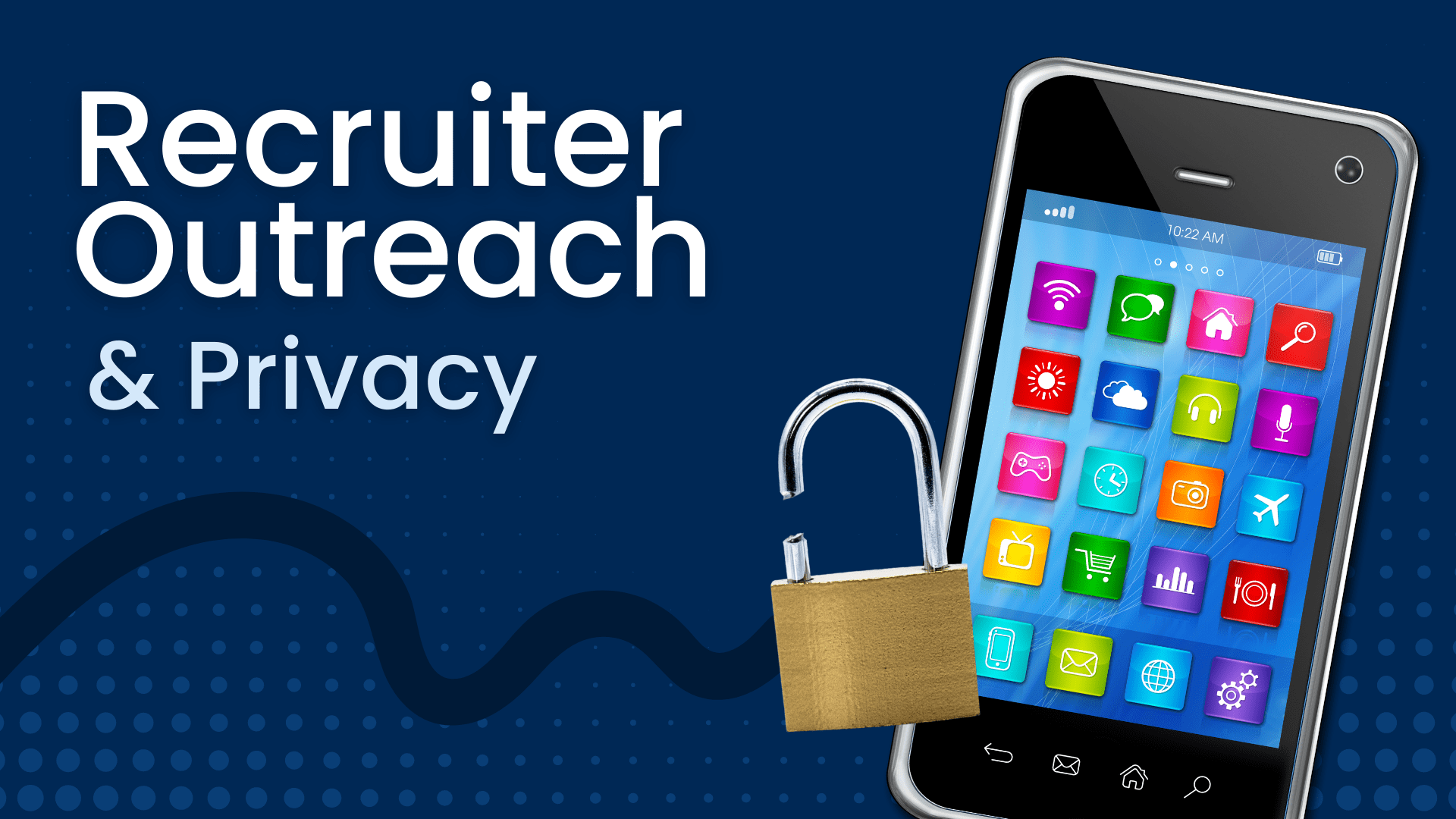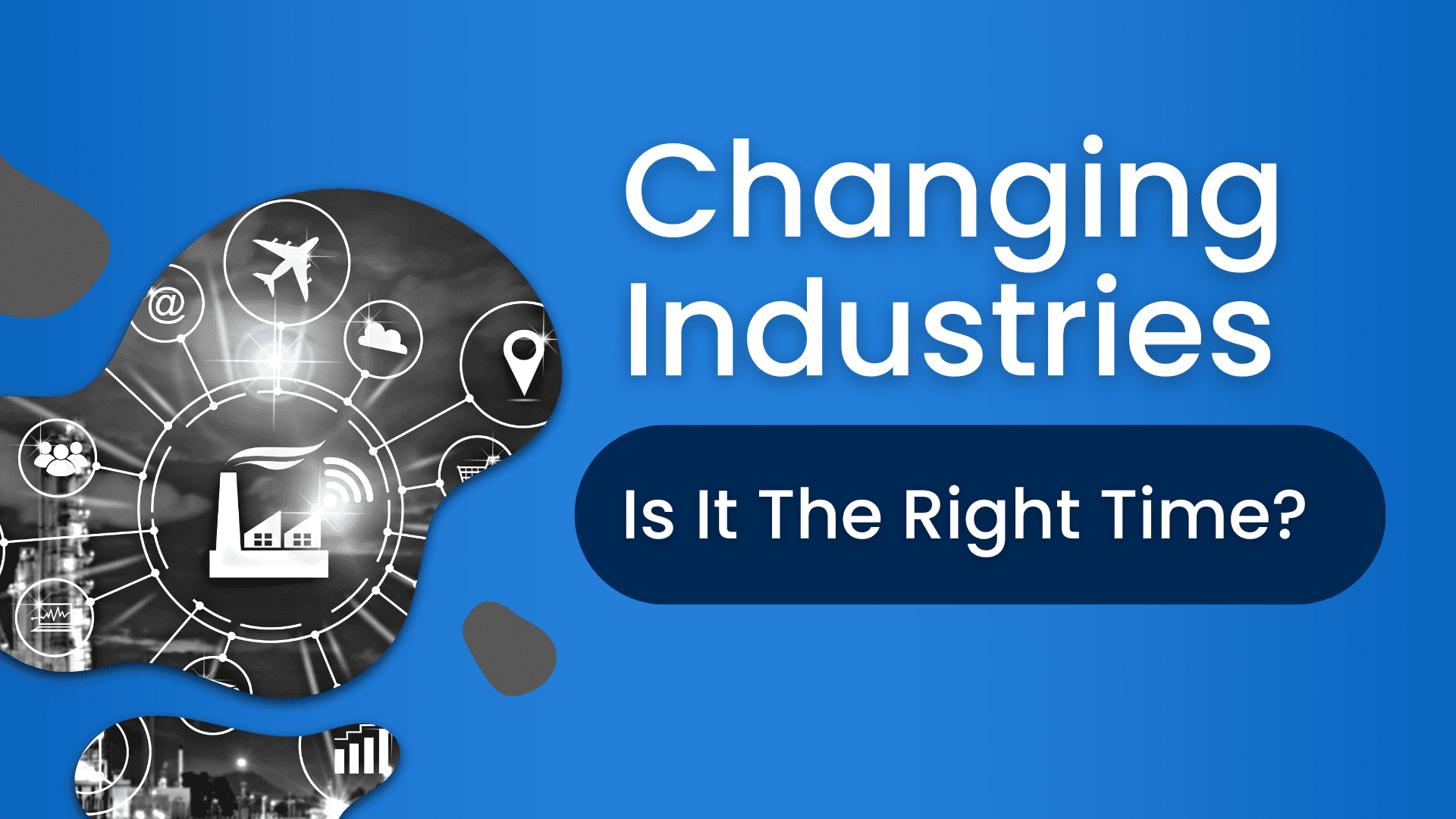Congratulations! You’ve been selected for an interview! But there’s a catch, it’s going to be virtual as so many companies like Facebook, Google, Amazon, Microsoft and Clarity Recruitment have announced during the COVID-19 pandemic.
You feel a bead of sweat forming on your forehead, you’ve always been a little awkward on video and can’t quite sound as coherent as you do live in person. Luckily, this is an opportunity for you to sharpen your skills interviewing online.
Follow the tips below to prepare the setup for the video conferencing interview so that you can nail your next interview.
Get Familiar With The Video Conferencing Software
Doing an interview in-person really is the best, but not always possible especially when you’re in the middle of a pandemic. Luckily, we have access to a host of different video conferencing software that are both versatile and easy to use. The most commonly used ones are Zoom, Google Hangouts Meet, Team 365 and Skype.
The first three on the list are the most commonly used ones by businesses, so there’s a good chance you’ll get an email with a link to join one of those three. Each is very straightforward using a randomly generated link to connect you to your potential employer with relative ease, and high quality conferencing.
But don’t rely on just the email-links, download and install the software in advance on your computer or phone so you aren’t fumbling to get in installed seconds before the interview.
Regardless of the software you will be using, there will always be an option to toggle on and off the video and audio. It’s a good idea to mute yourself if you need to cough or sneeze during the interview (a benefit you don’t have with in-person interviews!)
Check Your Internet Connection
Nothing kills the flow of an interview than a freeze frame of you, mid-sentence: It’s important to always check your internet connection. Walk around your home and find a place that has a stable connection so you can have a great interview (and please avoid basements).
If you want to set a numeric value to the stability and speed of your connection, you can use a speed test tool to determine the general speed of your connection. What kind of speeds do you need? For HD video conferencing, you need about 8 Mbps download / 1.5 Mbps upload speed.
Stage Your background (and your foreground)
Presentation is everything when it comes to an interview: the same goes for ones conducted over the internet. With COVID-19, all of us have become restricted to work at home whether that’s in a properly decorated study room, or more commonly, your bedroom/kitchen/living room. Just because your space is not designed to be professional, doesn’t mean it can’t be altered to become so.
Staging your space for interviews includes choosing a room that’s not your bedroom (a kitchen, living room, anything that doesn’t involve your bed) and removing clutter (those ice-cream cartons have to go). Next you have to make sure your space has an ample amount of light without overexposing the image on the webcam, and never sit in front of a window or any sort of light.
Instead try to have a light in front of you to illuminate your face within reason: play around with the distance between the light and your face till you feel happy with the results.
Now that you have your background setup, it’s time for what’s in focus: you! Dress for the video interview like you would do any other one. That may be a given for many, but sometimes we forget to take care of our appearance on a video-chat. A quarantine is not an excuse to look sloppy for an interview that can transform your career.
Check Your Audio and Visual Equipment
When participating in a video interview, being just seen and heard is not enough. Many integrated webcams on laptops are usually low quality and have terrible audio. Do a test run with a friend over a free service like Skype to test the results. If the audio or visual quality is poor, now is the time to invest in some external hardware that will not only help you communicate clearer, but also show your potential future employer that you are someone who adapts with the times.
With COVID-19 imposing new challenges in the way we communicate, having a grasp of remote capabilities and tools allows you to be flexible and able to work in any condition. Having this understanding prepares you for interviewing remotely, and working remotely.
A good webcam and microphone also positions you to be able to create and develop content on your own, making you a candidate that sets themselves apart from the rest.
First up, a good webcam. By the end of this section I don’t expect you to become a Twitch live streamer with a 4K live-feed, but having a good webcam that shoots 720p or higher is a great start. Logitech has a fantastic line of products including two webcams at the opposite ends of the price spectrum. The Logitech c270 is a webcam that shoots at 720p with 30 frames-a-second: that technical jargon equates to a smooth, natural and clear conversation that retails at $39.99 before tax. The Logitech c920 (and my personal webcam) is a bit more on the pricey side offering full-1080p HD recording at 30 frames with an optional 60 frames at 720p. This webcam is versatile and well worth the price ($99.99).
For an additional add on, XSplit VCam is a fantastic tool that blurs backgrounds and even replaces backgrounds, putting the focus solely on you (and it’s on sale!).
Now that your visuals are in place, it’s time for the most important aspect of a video-conference: the audio. Even if your video-feed were to go down, you can still have a conversation with someone if your audio is crisp. The best budget headset is the Mpow USB which gives you sharper sounding audio as opposed to just using the microphone on your webcam. If you want something with a bit more comfort and style, the Logitech G933 Artemis Spectrum has fantastic audio for a decent price (my personal headset of choice).
If you don’t want the bulk of wearing a headset, but still want great quality the Apple Airpods are a sleek, versatile bet (but it comes at a price, $269.99 to be exact).
Do A Test Run
Your gear is in place, you’re familiar with how video conferencing works and have arranged your space to be an immaculate representation of your professionalism: now, it’s time to do a test run. Have a family member, friend or anyone do a test interview with you to check your internet stability, video and audio quality and the setup of your environment.
This is also a good opportunity to do a mock-video interview to get rid of your jitters surrounding video-interviews. Now that your test-run is over, it’s time for the real thing and the most important piece of advice when doing a video interview.
Make Eye Contact
As soon as you get on camera, ignore looking at the webcam window preview of either you or the interviewer: look directly into the camera. This way you’re making virtual eye-contact with whoever you speak to, reflecting the mannerism you normally have interviewing in person.
Making eye contact with your interviewer creates a more natural flow during a video-conference, and shows that you’re paying attention throughout the entire process. Looking at someone directly is a powerful thing, and just because you’re doing it through a webcam doesn’t mean it’s any less important.
Nailing the Interview
With these steps, you are ready to conquer any remote interview, presentation, conversation that comes your way. Even after COVID-19 has passed, having this setup and knowledge of teleconferencing only sets you up for success in a future filled with remote opportunities and shifting landscapes in how we communicate.
Now go out there, and nail that interview.About the AuthorCheck out more of our popular articles on Career AdvicePopular Articles



